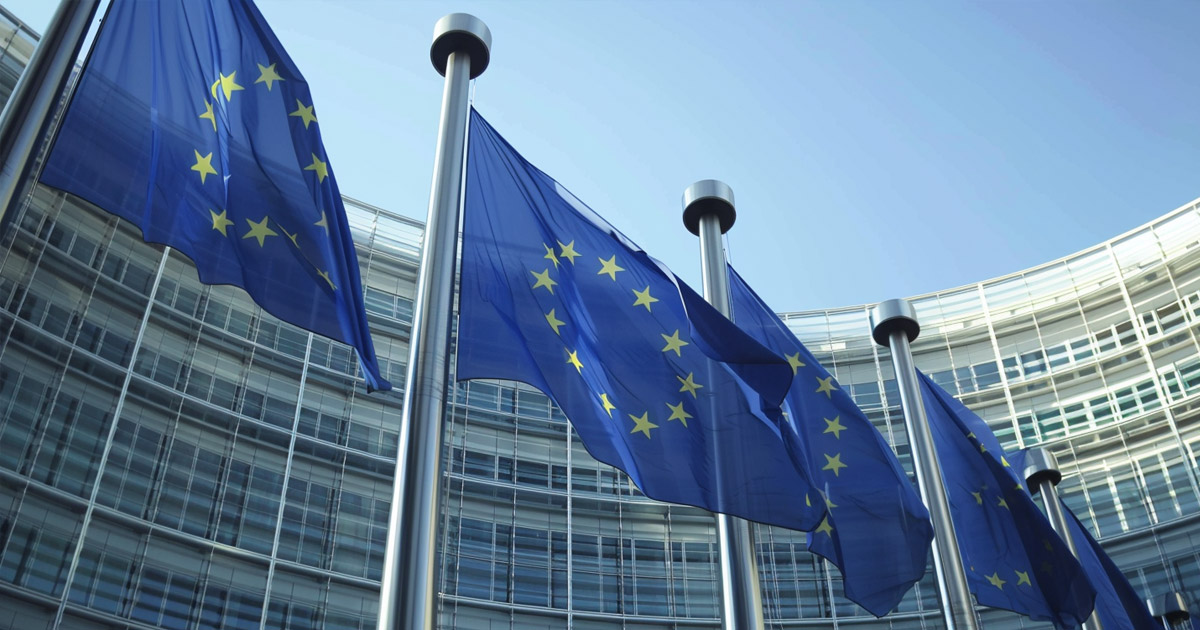Kazakhstan, the world’s third largest Bitcoin mining hub, recently enacted its robust new Law on Digital Assets. In this explainer, we consider how the law, along with a slew of amendments to related laws, has the potential to catapult Kazakhstan to the forefront of digital asset regulation, as well as having profound implications for the crypto industry.
The purpose of the law is to create a legal framework for the development of activities for the production and turnover of digital assets and digital mining for the economic development and competitiveness of the Republic of Kazakhstan. The bills were considered in Parliament in an accelerated manner, which emphasized their importance for the regulatory authorities of the state. It should be noted that this law was one of the most anticipated and was widely discussed among experts. Until that time, the legislation of Kazakhstan had been regulating this new industry for the country concisely or even in places had not revealed the essence of even the concept of ‘digital asset’. There is no room for doubt that the insufficiency and incompleteness of the legal regulation of the digital assets market could not fully stimulate the development of the mining industry and the inflow of real investments into the economy of Kazakhstan.
Diving into the content of the Law ‘On Digital Assets’
In general, along with the rules of regulation and licensing of mining activities, the law ‘On Digital Assets’ contains provisions for collecting information on income from such activities for tax purposes. The document also establishes a number of rules for the operation of digital exchanges and introduces state control measures in this area. The law also defines such concepts as secured digital asset, digital mining and digital miner, digital asset exchange. It defines digital assets as property created in electronic and digital form with the assignment of a digital code, including with the use of cryptography and computer computing, registered and secured by the immutability of information based on the technology of a distributed data platform. Such assets include cryptocurrencies, tokens and other digital means of exchange. The law also provides for licensing the activities of digital assets and will facilitate the operation of mining pools.
Secured digital assets
Among the main provisions of the law on digital assets in Kazakhstan, it can be highlighted that persons carrying out activities using digital assets must obtain an appropriate permit from an authorized state body. In order to preserve the security of Kazakhstan’s financial system, secured and unsecured digital assets are not recognized in the country as a means of payment, a financial asset or a financial instrument. Taxpayers engaged in the issuance and circulation of secured digital assets are subjects of financial monitoring.
Digital mining
A separate chapter of the law is devoted to digital mining. Thus, the digital mining activity itself must be carried out in accordance with the license issued. It will be issued for a period of three years. The license for digital mining activities is divided into 2 types: a digital miner with a digital mining data center; and a digital miner who does not have a digital mining data processing center, but performs digital mining using equipment located in a digital mining data processing center.
Electricity consumption by miners
The legislation in the field of electric power industry establishes the procedure for the acquisition and consumption of electric energy by digital miners. According to the requirements, digital miners will purchase electric energy within the quotas approved by the Ministry of Energy from a limited list of sources, including renewable energy, import and use of their own generation.
Digital Asset Exchanges
The law prohibits the circulation of cryptocurrencies and the activities of crypto exchanges in Kazakhstan, with the exception of the jurisdiction of the Astana International Financial Center. In order to support the activities of Kazakhstani crypto exchanges, an obligation is gradually introduced to sell part of the cryptocurrency being sold (at least 50% in 2024, at least 75% from 2025) mined in Kazakhstan through digital asset exchanges licensed by the AIFC.
Delving into the reasons for the sharp demand for digital assets in Kazakhstan or the ‘Great Migration of mining’
It all initially started with nearby neighbor China, where up to 70% of the world’s most popular cryptocurrency, Bitcoin, was previously mined. We must recall that Beijing’s first steps against digital assets began in 2019, when problems with electricity began to appear in a number of provinces. Finally, in 2021, the Chinese government began to close the largest mining enterprises and call for a severe ban on Bitcoin mining and trading, marking the beginning of the ‘great migration of mining’: mining began to move to other countries with more favorable conditions for the deployment of cryptocurrency mining, such as the USA, Kazakhstan and Russia.
According to the Cambridge Center for Alternative Finance, Kazakhstan already accounted for about 18% of the global hashrate (computing power) of the first cryptocurrency, bitcoin, in 2021, therefore, the state took third place in the global bitcoin mining ranking. Since then, the number of registered organizations in the field of digital mining has been growing annually in the country.
The decision to move to Kazakhstan was significantly influenced by the factor of low electricity prices. But after all, everything has its limit. Accordingly, negative consequences soon proved themselves: cases of power outages in a number of settlements, a risk of a potential shortage of electricity. Thus, there is no room for doubt that the uncontrolled growth of cryptocurrency mining has raised the necessity to regulate their activities. As a result, under the amendments to the Tax Code, the mining tax has been in effect since 2022. Plus, the January riots, when the Internet in the country was simply turned off. All this has affected and is still continuing to affect the industry. The situation has caused concerns on the part of foreign investors who have managed to invest in mining and infrastructure projects in Kazakhstan. Initiatives on the development of mining industries through renewable energy sources were also proposed.
The report of the International Monetary Fund, published on April 11, affirms that the growth rate of cryptocurrency mining threatens financial stability in the world. Both the IMF and the Financial Stability Board have repeatedly called on regulators to take decisive preventive action. Moreover, it cannot be said that measures are not being taken: in recent years, the cryptocurrency, which was created as a spontaneous and free from regulation alternative to national currencies, is increasingly becoming the focus of regulators’ attention. But only system solutions can really level the situation. National laws are needed. Against the background of such attempts by the state to take control of the cryptocurrency mining industry, the Law ‘On Digital Assets’ was the appropriate solution that meets the requirements of the time.
Does Kazakhstan have the potential to become a regional crypto hub in Central Eurasia?
The world is gradually embracing cryptocurrencies and Kazakhstan is no exception. Following the results of the Digital Bridge International Technology Forum, held at the end of last year in Astana, it became clear that Kazakhstan intends to become a leading player in the field of new digital technologies, crypto ecosystems, as well as regulated and transparent digital mining. For instance, last year, the President of Kazakhstan Kassym-Jomart Tokayev discussed with the CEO of the world’s largest crypto exchange Binance the possibility of creating a regional hub of the crypto industry in Kazakhstan. Later, a memorandum of cooperation was even signed between Binance and the Ministry of Digital Development, Innovation and Aerospace Industry. Thus, in August 2022, the Binance cryptocurrency exchange received In-principle approval from the AIFC Financial Services Regulatory Committee (AFSA) to manage the digital asset platform and provide custodial services at the Astana International Financial Center. As we can see, if this financial instrument shows its continued relevance and security, then it will certainly receive full legal recognition in the country.
In any case, Kazakhstan will benefit from this: either the shadow market, which is not taxed, or the legalized, cleaner market, which is taxed and expands the possibilities of using both our fiat money and cryptocurrencies. Therefore, such law will create clear rules of the game – it will form a legal market for digital assets, create a legal basis for the development of the blockchain technology industry and stimulate investment in digital assets in Kazakhstan, as well as increase revenues to the state budget.
Aidana Tastanova is a Kazakhstan national and a 3rd year law student attending the Moscow State Institute of International Relations under a Kazakh government scholarship.
Credit: Source link











%20(1).png)



































